I've been meaning to write a "how to" post for some time but have been putting it off because I have no idea how to how to and I don't really know what I'm talking about/my terminology is probably completely wrong/please don't yell. I am not a professional anything and it isn't my place to give advice on any subject. That being said....
I've had a lifelong love of photography, or at least, adultlifelong love. Outside of Art History at UCLA Extension, the only college course I took in my "screw a degree, I'm an autodidact, mofos!" phase was photography. I became fast friends with my teacher who then hired me as her assistant at which time I scouted locations for another friend and spent a lot of time in and out of dark rooms and gallery shows, photo labs and art openings. I never owned a fancy camera but that didn't stop me from taking photos of every. single. thing. always. Sometimes the photos sucked but occasionally, I'd get my film back and wow myself. I took that? How did I... what? I felt the same way in the dark room when I burned my first edge and I feel the same way, still, when I play with filters on Instagram. Great photography is storytelling at it's absolute best and I hang on a brilliant image with the same perversion I do a great piece of writing. There is no difference between the two in my opinion. They weigh the same on a scale.
I started taking head shots of friends and in my pre-pregnancy odd-job working days, spent two summers working as a polaroid photographer at the AFM (more on that below) where I learned the art of "taking photos of people who didn't want to look at the camera, let alone acknowledge that I was a human person" aka the art of the sneak attack, which is my #1 trick of the trade, especially when photographing children.
1. You are a Spy: There are two kinds of photos, the candid and the posed and I do not love the latter. I mean, sure, it's nice to have a family photo of everyone smiling at the camera but that smile is not for real and everyone knows it and so the picture is dead, in my opinion. Joy is not something you can fake and while there are some photos I like of my kids smiling for the camera, I have a hard time loving any of them. Because the moment tells no story. A family seated on the staircase shows a family seated on a staircase. Which is why candids are so powerful. Because life isn't posed and moments aren't planned - they just happen.

For Christmas I got a new point and shoot because after breaking my Olympus Pen last year, I had only used my iPhone and felt like maybe I needed a real camera again. I have used my Lumix only once since Christmas and none of the photos are my favorite. Why? Because it's too big to carry around in my pocket. It's too big to sneak around the house like a spy. My iPhone lives in my back pocket of my jeans or my bra when I'm wearing a dress and I can quick draw that sucker in seconds flat. So when Bo calls to the moon she's trying desperately to catch? Reach and snap. Or Revi gets caught hiding behind a door with Bo's snack bowl? Reach and snap.
And while I'm glad to have a real camera, there is no better tool for photogra-spies than a phone with a camera inside it.
I realize this is sacrilege to those who came before me. (Archer's first two years of life were mainly catalogued on film because all of my photographer friends were so anti-digital that I felt guilty using anything but my 35mm.) I still feel like a fraud using my phone to take photos but it's my joy and I refuse to take myself that seriously so I forgive myself.
And while I'm glad to have a real camera, there is no better tool for photogra-spies than a phone with a camera inside it.
I realize this is sacrilege to those who came before me. (Archer's first two years of life were mainly catalogued on film because all of my photographer friends were so anti-digital that I felt guilty using anything but my 35mm.) I still feel like a fraud using my phone to take photos but it's my joy and I refuse to take myself that seriously so I forgive myself.
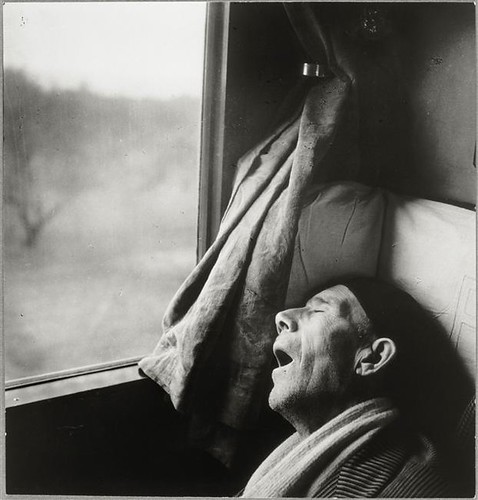
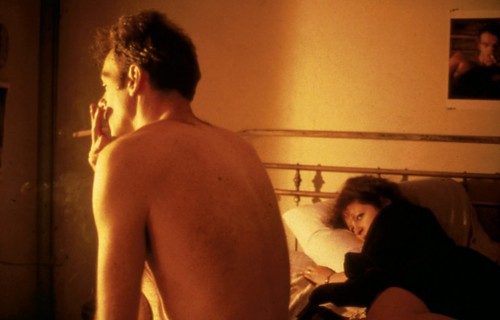
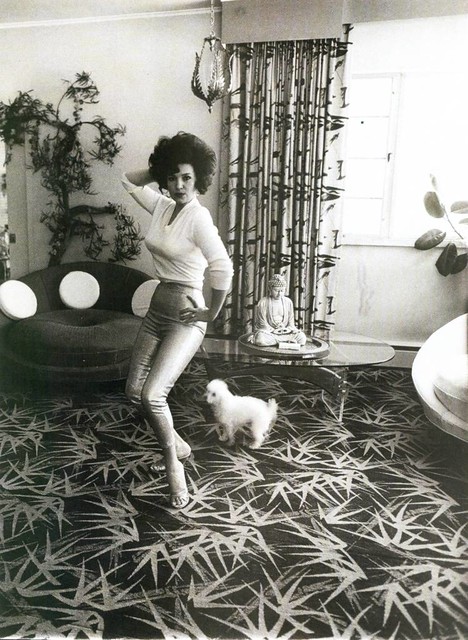
The above images are three of my favorites (Brassai/Goldin/Arbus) and when I look at these pictures I see the greatest stories never told. Stories that I get to tell in my head and suddenly the man is awake on the train and the dog is peeing on the carpet and the bedroom is on fire.
(ED: Thirteen years later, I'm trying to work all of those years chasing boys with my camera and my heart into a script that I'm afraid will be under construction forever because I have been working on the thing for more than a decade now and it's still a mess but that is for another post about not giving up when you have a story to tell and feel like you have to tell it. The end to be continued, the end. To be continued.)
I felt alive when I was taking photos in those days and I feel the same way today, even if the images tell a very different story. My children are what fascinate me now. They are what move me most in this world and as a storyteller it is my joy to take that movement and carry it forward, so that even after the moment has passed, it can still be passed on.
3. Follow the Light: Late afternoon light is the most beautiful light that exists. Morning, too. But all day long there are places where light touches areas of a room, a house, in a way that feels magical.
Study the light in your house - in your yard, neighborhood, city... Know where it's going to be when and then work with that. Light is everything.
4. Blurry is Beautiful: Some of my favorite photos are blurry and hard to even decipher. Do not be afraid of blurry. Blurry is fun. Blurry is wild. Blurry is what moves.
5. Get on Their Level: I never take photos standing up. Ever. I'm always lying face down on surfaces and crouched down and cross-legged on the floor. My kids think this is just what moms do because I've been doing it since they were babies and that's just how I roll. Get on the level of the subjects you are shooting - otherwise the photo is from YOUR perspective, not theirs.
6. Ask Questions: I worked many an odd job in my early twenties, one of which was working as a polaroid photographer at the American Film Market. It was my job to get behind the camera and make film executives yelling expletives on cell phones smile. Or at the very least, acknowledge the camera. People were horribly mean to me and I loved the job all the more for it. It became a challenge for me to get people to laugh, to smile, to FEEL something. This is why children are such incredible subjects - they emote. They tell stories with their faces and their body language and their every. single. move. Childhood is humanity at its finest hour and I am perpetually in awe.
Anyway. I learned very quickly that the best way to get a subject to come to life was to ask it questions.
"Love that tie, sir. Where did it come from?"
"What did you have for breakfast this morning?"
"Tell me about your American Film that you are marketing?"
People love to be asked questions. Children do, too.
"Bo! What are you reading? What do you see?" I asked her before snapping the below shot.
unfiltered original
Which brings me to my next bullet point: FILTERS!
7. What Filters When: Filering a photograph is like putting an epilogue on a story. I don't own photoshop nor do I know how to doctor a picture outside of iPhoto. HOWEVER, I happen to love the art of filtering photos and it has become a sort of hobby of mine.
The following picture of Archer is one of my favorite photos that I've ever taken because it is SO COMPLETELY him. Heartbreakingly so. And while the original is lovely as is, it needed more light, depth... an echo of sorts.
original

cropped and filtered with Instagram's Hudson filter, followed by the Coral filter in Afterglow
The Hudson filter created a sort of halo effect with light and Coral (Afterglow app) gave the photo more of a sandy, almost dreamlike quality.
Here are a few more before/afters:
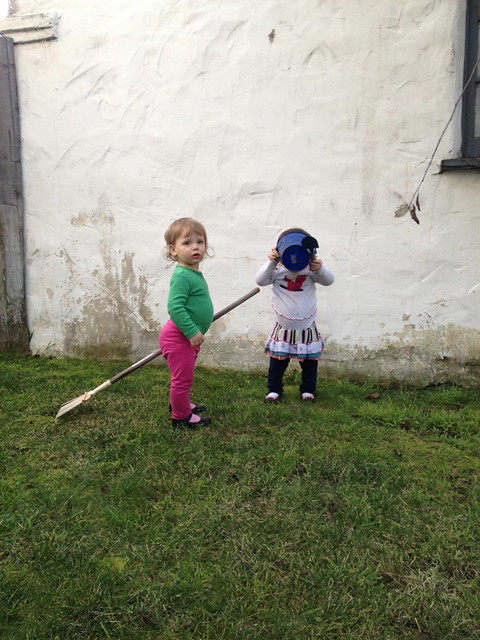
Revi drinking dirt - original
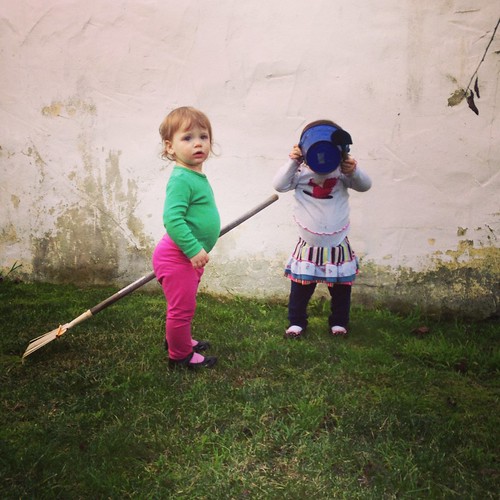
Revi drinking dirt - filtered with Hudson + cropped
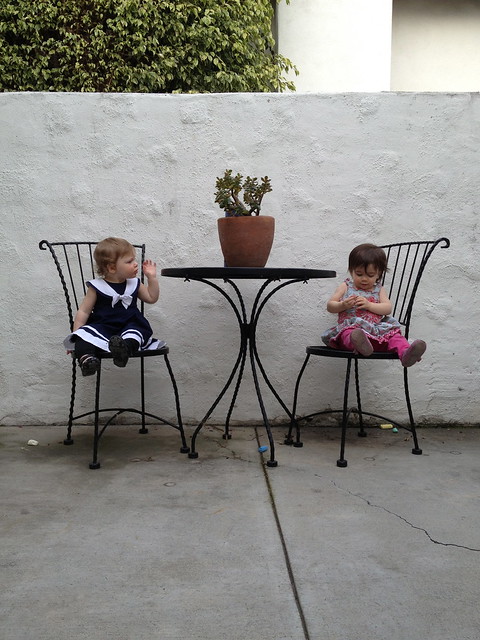
tea party sans tea - original
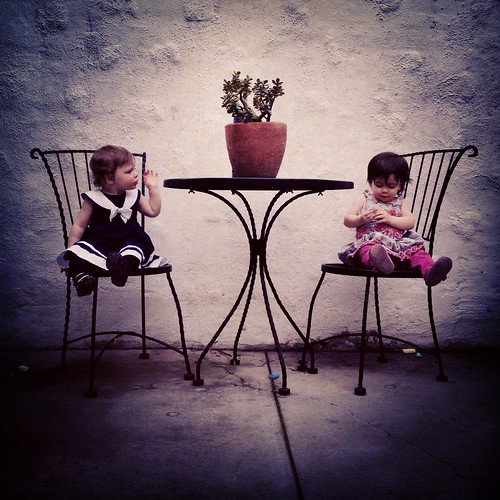
tea party sans tea - filtered with Instagram's Hudson and then filtered again with Instagram's Sutro
Tip: In order to filter twice, you must first put your phone on airplane mode. (Once your phone is on airplane mode your photos will not publish on Instagram.) Once your phone is on airplane mode you can filter the same photo as many times as you want by selecting your filter, publishing, re-selecting the newly filtered photo from your photo stream and then re-filtering it again. (You can do this a thousand times if you want to.)
ED: If you have any questions about which photos in this post were filtered with what, please feel free to ask in the comments.
8. Crop Thoughtfully: Symmetry makes a powerful statement. So do lines and negative space. When you leave room in the corner or the top/bottom/side of your photograph, you're inviting something to step inside the frame, to live there.
I like to think of negative space as the place where the thought bubble lives. Some photos do not need thought bubbles and are better left without them. Some moments are not about the story but the person, place or thing on display. In that case, symmetry is power.
The story IS the subject in these cases. This one, too:
Use the frames in your world to frame your subjects. Doorways and windows make for beautiful perspective, organic framing and remind the viewer that you, the photographer are just as much an outsider as they are.
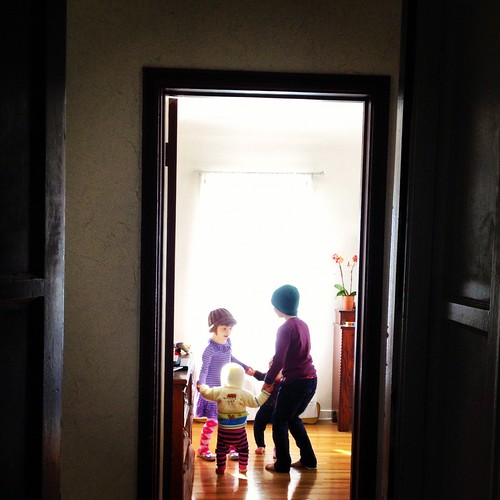
ED: If you have any questions about which photos in this post were filtered with what, please feel free to ask in the comments.
8. Crop Thoughtfully: Symmetry makes a powerful statement. So do lines and negative space. When you leave room in the corner or the top/bottom/side of your photograph, you're inviting something to step inside the frame, to live there.
I like to think of negative space as the place where the thought bubble lives. Some photos do not need thought bubbles and are better left without them. Some moments are not about the story but the person, place or thing on display. In that case, symmetry is power.
The story IS the subject in these cases. This one, too:
Use the frames in your world to frame your subjects. Doorways and windows make for beautiful perspective, organic framing and remind the viewer that you, the photographer are just as much an outsider as they are.

Horizon lines, hills, the contrast of color against shadow and the lines of artwork and furniture can also be used to frame and/or divide a picture into quadrants, so that an image appears balanced.
Symmetry can be used metaphorically as well. It's no coincidence that the above photograph features three distinct levels (the lawn, the hills and the sky) and three children. When I take photos I look for ways to tell stories without using words. Nobody has to notice because that's not the point.
Symmetry can be used metaphorically as well. It's no coincidence that the above photograph features three distinct levels (the lawn, the hills and the sky) and three children. When I take photos I look for ways to tell stories without using words. Nobody has to notice because that's not the point.
Listen to your voices. What is beautiful and interesting about your life? That is what you want to take photographs of. That is what you want to write about. Rebel against the derivative. You are an original! Screw fakes and copy-cats and aspirational living. Screw the stainless! Look to your own life for inspiration! That is where the story lives. That is where the love exists. Everything else is two dimensional, including this post.
Close your ears to the how-tos, delete this post from your reader, get down on the floor, crawl into the light and start shooting. With whatever camera you have and feel confident using.
And so long as you're willing to share the moments that move you, so is your audience (of one or one million) here to be moved.
GGC

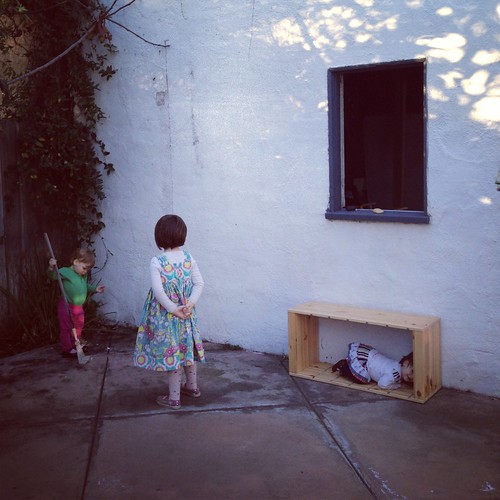
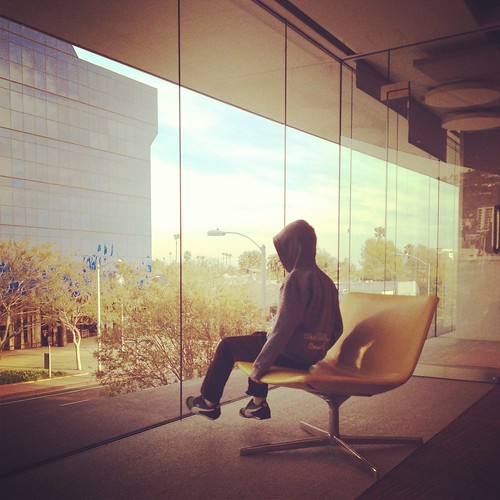
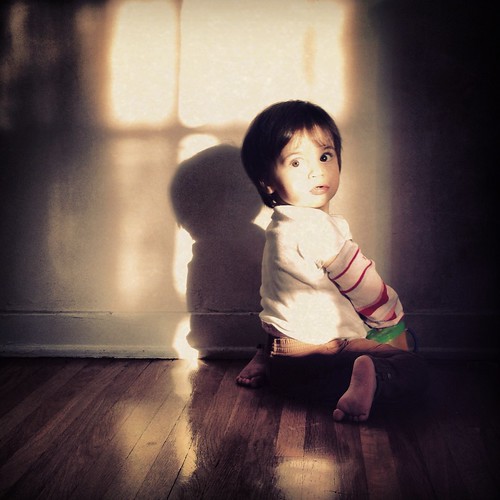
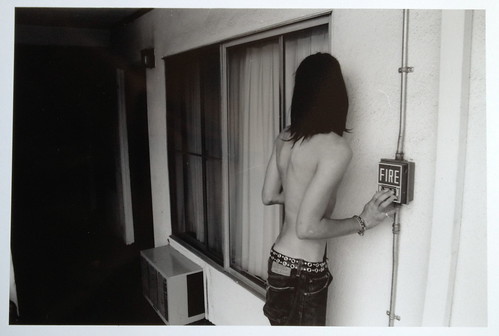


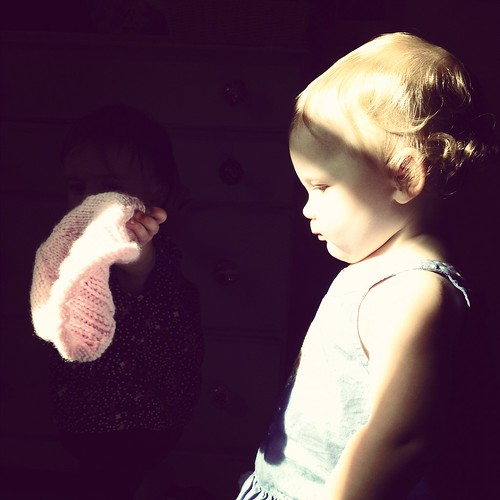
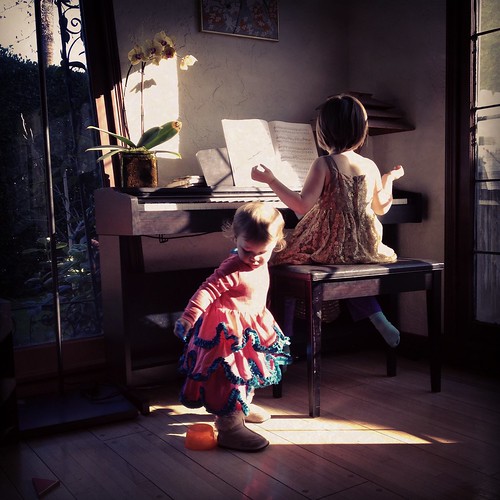
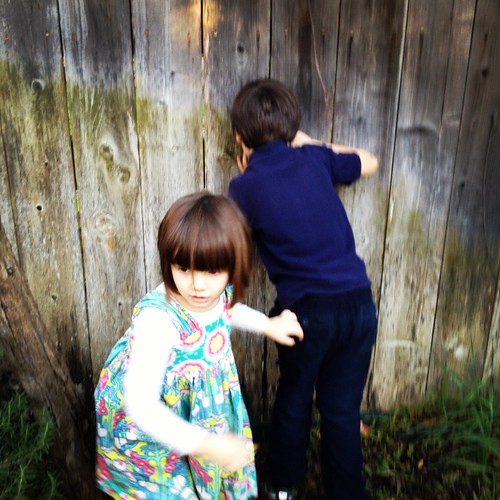
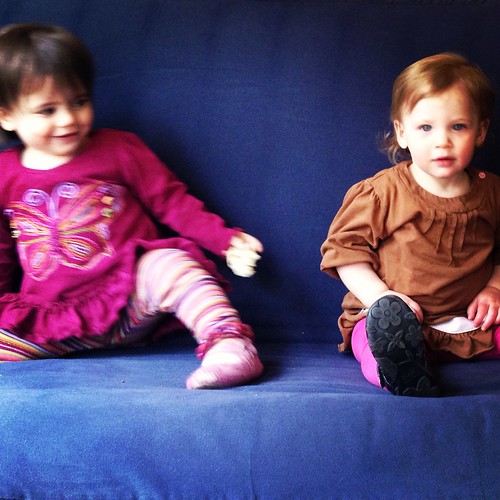
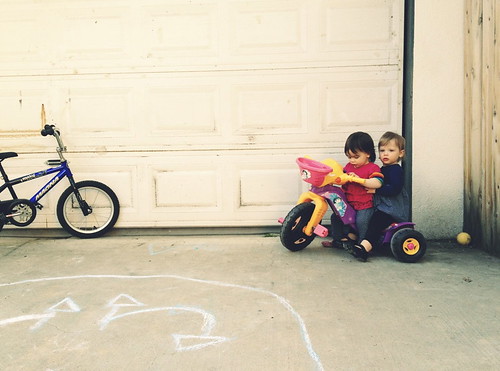
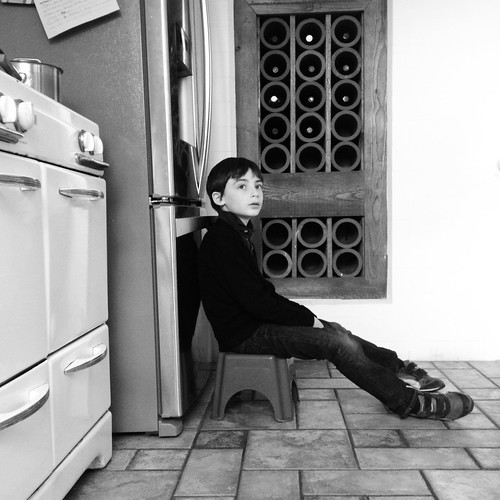
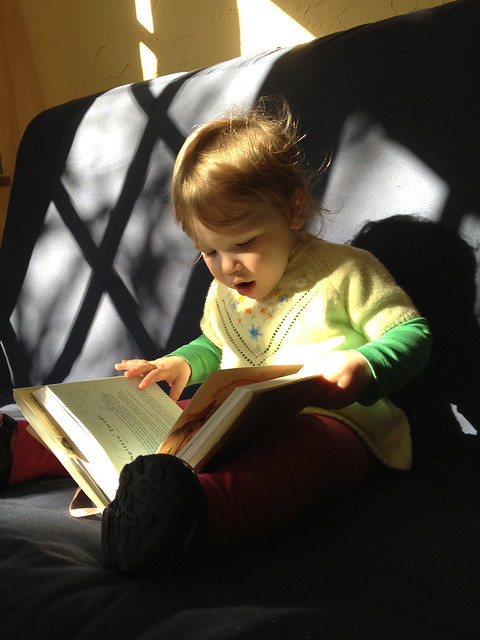
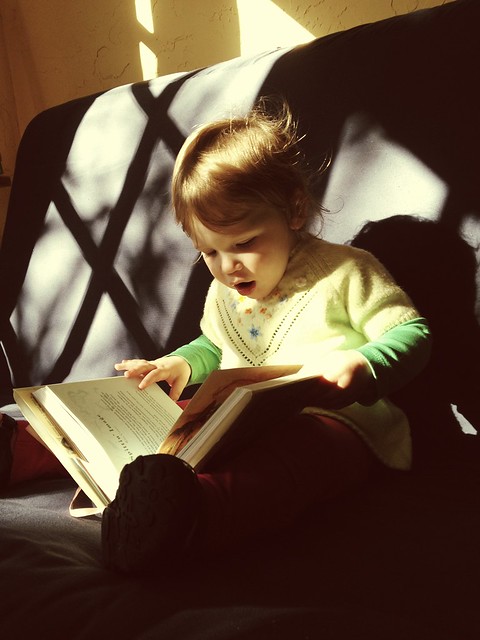
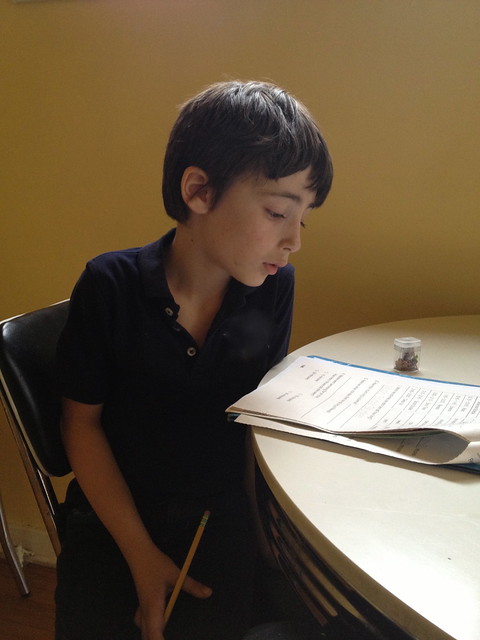
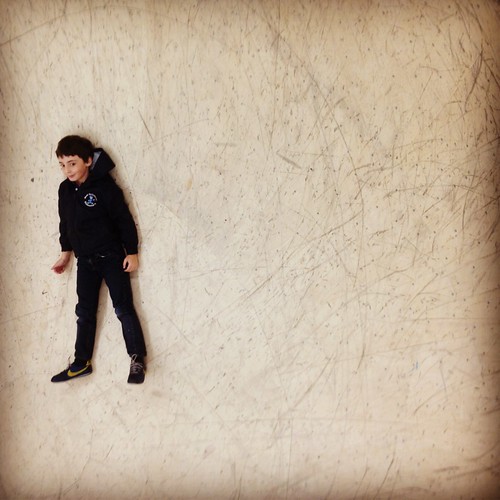
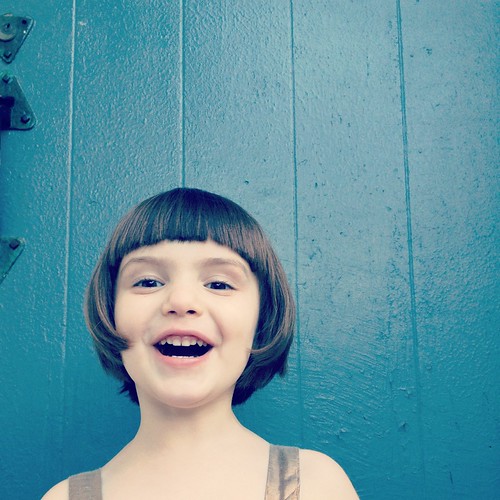
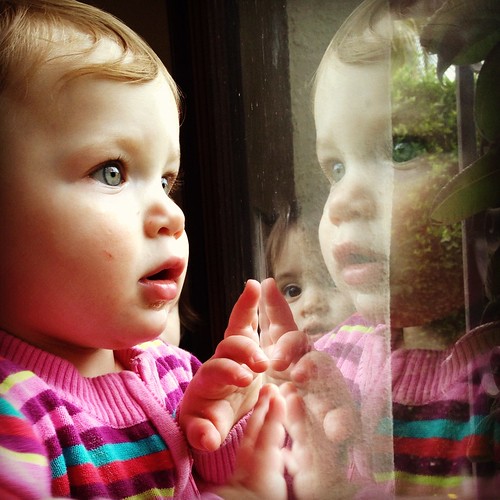
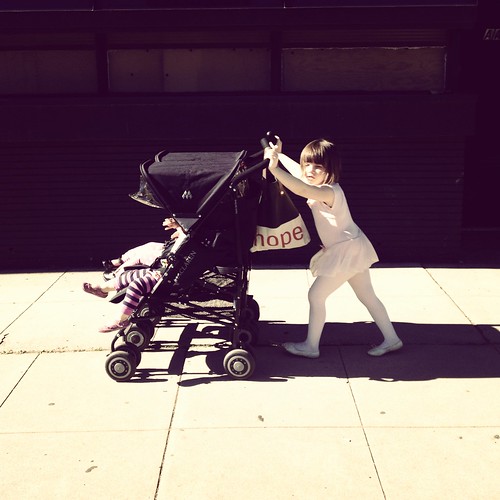
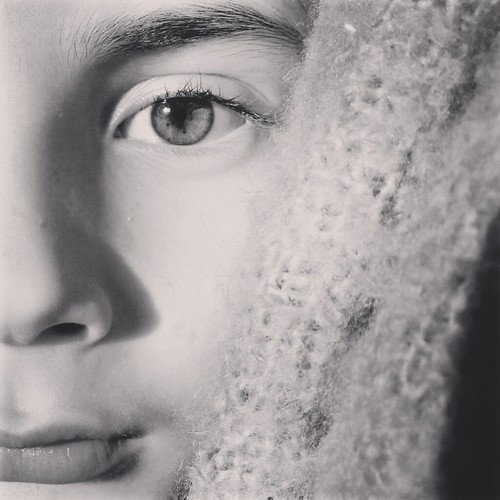
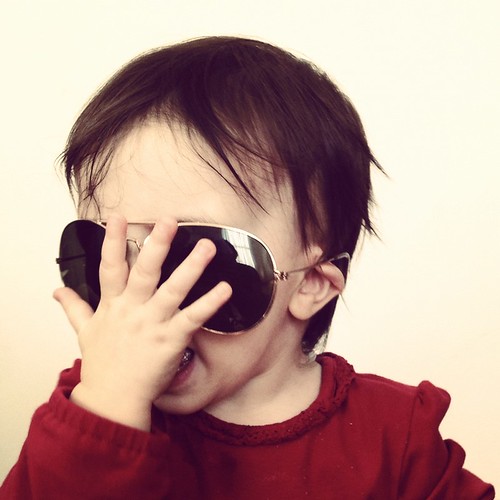
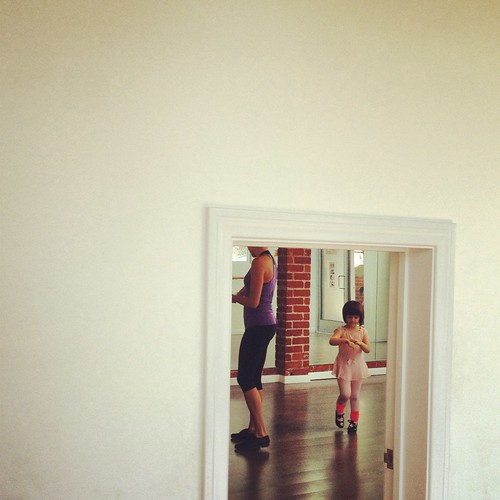
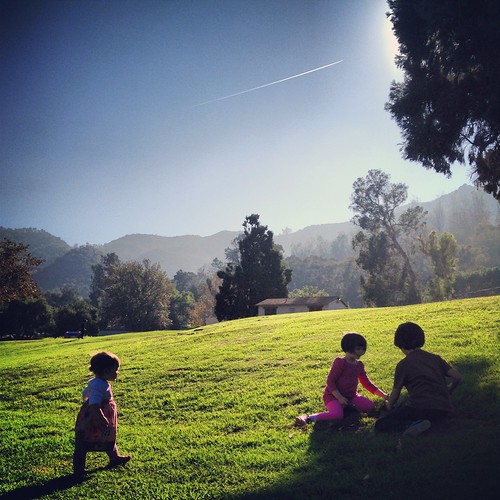
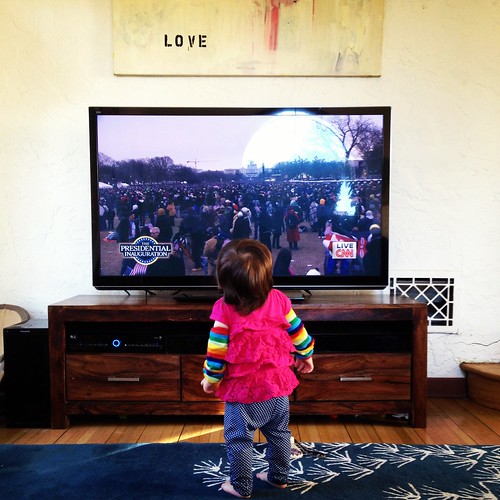
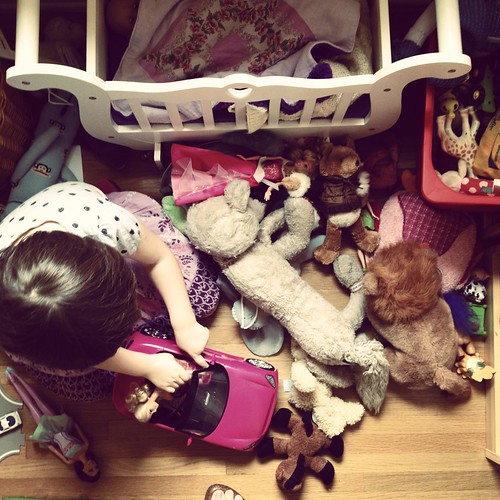
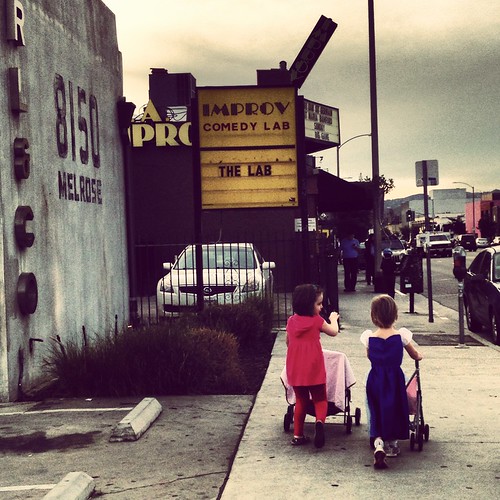

0 comments:
Post a Comment